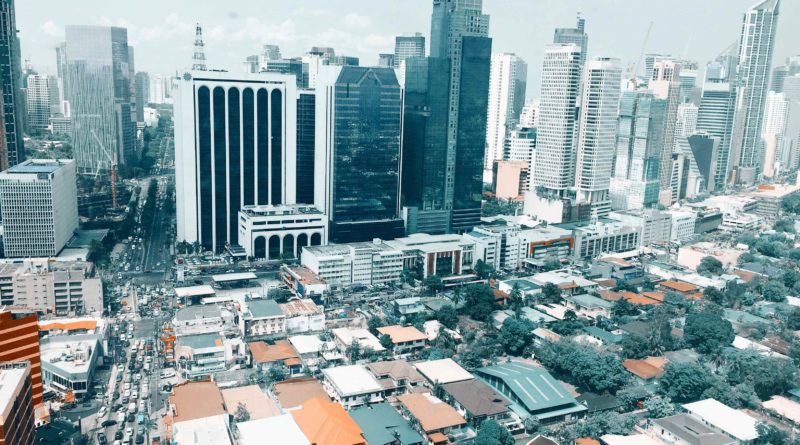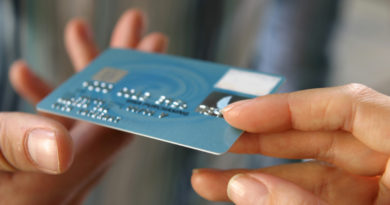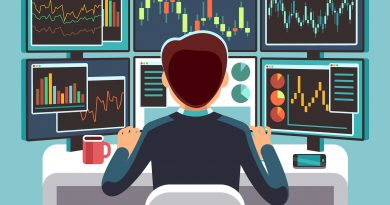BPI lead economist sees continued Philippine economic improvement
Bank of the Philippine Islands’ (BPI) lead economist Jun Neri sees a strong but only partial recovery of 2019 output noting that the country is starting to show many signs of improvement.
He said during BPI’s series of webinars attended by its business banking and corporate banking clients that the trajectory toward economic recovery is still a V shape, but a very asymmetric one, where the decline is much faster than the recovery.
“We are expecting a 6.8 percent GDP (Gross Domestic Product) growth for 2021, but our assumptions there are that the vaccine rollout will be able to cover not less than ¼ of the population by end 2021, that the stimulus is meaningful enough, and that mobility will be on a sustained uptrend,” said Mr. Neri.
In terms of total output, Mr. Neri explained that the forecast for the country’s GDP in 2021 will not yet be in the same level as the previous year’s GDP. “We will only be able to fully recover sometime in the later part of 2022. And that’s what makes the Philippines quite unique. It is because we saw the biggest decline in Southeast Asia in overall GDP,” he said.
Mr. Neri emphasized that the first indicator of economic improvement is mobility, just as production responds positively to the easing of quarantine measures.
“For groceries and pharmacies, in particular, the Philippines has gone a long way. From a drop in mobility of about 62%, we actually saw mobility in groceries and pharmacies exceed pre-pandemic levels in December 2020. So that’s how confident Filipinos became during that month. Now we saw a little bit of decline in January this year, but in February, the people started to move around again. And now it’s just down 6% compared to pre-pandemic levels,” Mr. Neri added.
For retail and recreation, the picture is not as rosy, he said. During the Christmas season, retail and recreation was still at 20% below pre-pandemic activity and has gone down close to 40% as of February.
“But again, this is a huge improvement compared to March, April, and May 2020 when there was only about 20% of pre pandemic foot traffic in recreation or retail areas . Improvement in mobility will likely continue even with the delayed rollout of vaccines compared to other countries as many have adjusted and more willing to go out as they have learned to follow the protocols well. In December, we saw a significant improvement in mobility in retail areas, so we expect this to continue throughout most of 2021,” he added.
As there are more indicators for economic improvement, Mr. Neri clarified that recovery will only be a partial one.
He said, “For the fourth quarter of 2020, exports were flat compared to 2019. Whereas in the second and third quarter, it was down 30% and 25%, respectively. All of a sudden, we saw no more decline for exports. And it’s a good proxy for manufacturing. This seems to show that the Philippine manufacturing sector has been able to adjust to the protocols and have made the necessary adjustment to produce more vs. Jan and Feb 2020, allowing for improvements to continue”
Resilient sector
Mr. Neri noted that the agriculture sector showed resiliency amid the pandemic, except for pork, as the African Swine Flu (ASF) has been a major drag to overall pork production since the second quarter of 2020.
“If we remove the impact of typhoons in the fourth quarter and the impact of ASF in the livestock sector, agriculture was actually doing well in the second and third quarter, growing more than 2.5%. It was the only sector that managed to grow in the second and third quarter, just as the majority of services and industry had double-digit declines,” he said.
Another indication that the economy is recovering is the improvement in the country’s jobless rate. According to Mr. Neri, while it continues to remain high compared to pre-pandemic levels, it is still a massive improvement compared to the second and third quarter of 2020.
ASEAN outlook
Even with the strict protocols implemented in many parts of the worldG7 economies are starting to show strong signs of growth and improvement.
“In Asia, manufacturing was the earliest to improve with only a few exceptions. But consistent with the big economies, despite strict lockdowns, strict quarantine measures, and strict protocols, manufacturing has been able expand continuously,” said Mr. Neri.
“And then of course the “miracle” of Vietnam where there was no recession. In fact, there was no contraction at all. Even in the second quarter when all other ASEAN countries were declining, Vietnam still managed to grow,” he added.
Mr. Neri said the Philippines is catching up with ASEAN neighbors.
“We’ve gone a long a way. Even if the GDP levels in 2020 did not reflect any improvement in mobility, we suspect that in the first quarter of 2021 the decline in the economy will be much less, minus 2 from minus 8 in 4Q2020. he said.
BPI’s Business Banking and Corporate Banking segments regularly host webinar series to provide free expert guidance to SMEs and corporate clients and help them adapt to the new normal. The webisodes tackle investment opportunities, digital solutions, business opportunities, business continuity plans, and other relevant topics.
[Investing? Get MoneySense’s 2021 Investing Issue featuring investment guru Ron Acoba here]
Other stories:




